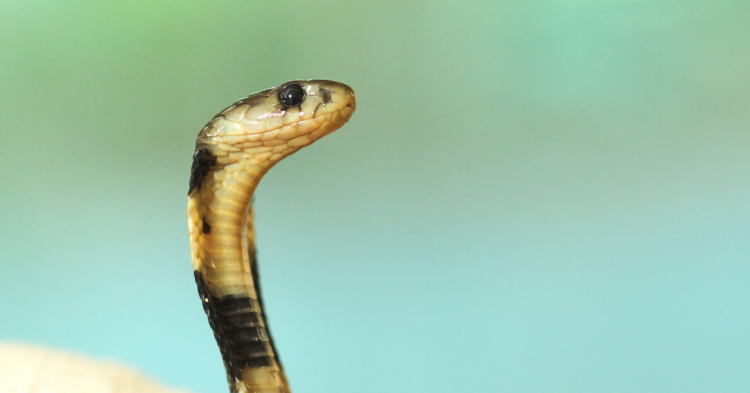Humans with a venomous bite sounds like it is right out of science fiction. But it turns out that it is not as far-fetched as you think. Humans have all the necessary DNA building blocks to develop venomous saliva . In fact, all reptiles and mammals do. Using these building blocks, venom has independently evolved more than 100 times in nonvenomous species.
A collection of flexible genes associated with the salivary gland control the development of venom.

The genes are “housekeeping” genes and although they do not create the toxins, they are responsible for the venom system. The genes fold and produce proteins in our saliva. In humans, we create proteins that help us break down our food. Digestion begins with our saliva. This same process can also create much more toxic proteins, which venomous creatures use to harm prey.
Many species have these genes.

“Since we know the function of all the genes that were present in the animal, we could just see what genes the venom genes are associated with,” Agneesh Barua, the co-author of the study, told Live Science .
The research team was able to identify the genes capable of producing venom across a wide range of animals. It turns out that all amniotes, which are animals that fertilize eggs for reproduction, have the necessary genes. This group of animals includes reptiles, birds, and mammals.
“Essentially, we have all the building blocks in place,” Barua said. “Now it’s up to evolution to take us there.”
A key protein is kallikrein.

We already produce kallikrein in our saliva. Its job is to break down other proteins and aid in digestion. But is also a key part of many venoms. The protein is very stable, which means that when there is a mutation in its composition, it is more likely to become stronger than to stop being effective. This in turn makes the protein more painful and deadly. One known effect of kallikrein, beyond its digestive qualities, is its ability to rapidly drop blood pressure.
If we do evolve venom, kallikreins are the likely starting point.

“It’s not coincidental that kallikrein is the most broadly secreted type of component in venoms across the animal kingdom, because in any form, it’s a very active enzyme and it’s going to start doing some messed-up stuff,” said Bryan Fry, a venom expert.
But, it is unlikely that humans will evolve this ability naturally.

We have secure food sources and we would not benefit from such a mutation. For this reason, few mammals develop venom. The slow loris is the only primate to develop venom. So, don’t get your hopes on developing a new power in the near genetic future.
“The importance of this paper goes beyond just this field of study,” Fry said. Understanding how genes express themselves is an important new medical frontier.
h/t: Live Science
















































